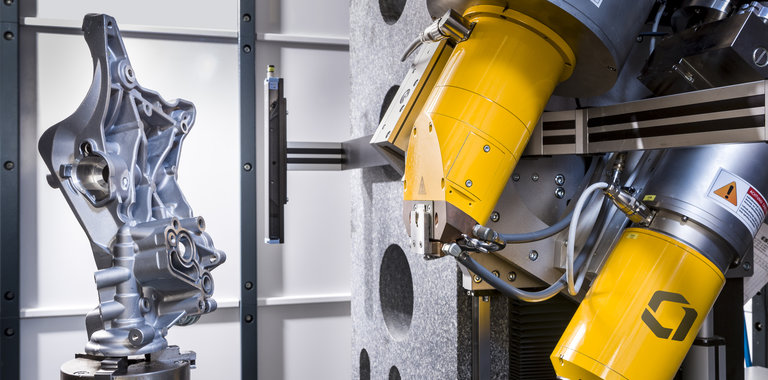
Permissible Cumulative Doses of Radiation
In this article:
- ICRP Guidelines Define Annual Dose Limits by Exposure Category: The International Commission on Radiological Protection (ICRP) sets annual dose limits of 20 mSv for Category A workers, 5 mSv for Category B workers, and 1 mSv for the general public.
- Weekly and Hourly Limits Ensure Practical Safety Compliance: The 20 mSv/year limit for Category A workers translates to approximately 0.4 mSv per week or 10 μSv/h over a standard 40-hour workweek, guiding real-time exposure monitoring.
- Radiation Zones Must Be Clearly Demarcated: In industrial environments like factories or construction sites, radiation areas must be marked and controlled to protect non-radiological personnel from unintended exposure.
- Dose Limits Apply to External Whole-Body Irradiation: The stated permissible doses refer specifically to external exposure affecting the entire body, emphasizing the need for comprehensive shielding and monitoring.
- 10 μSv/h Is the Maximum Allowable Dose Rate at Boundaries: This threshold also applies to the outer surface of isotope containers, ensuring safety for both workers and the public in proximity to radiographic operations.
Although the subject of permissible cumulative dose of radiation is complex, the values given below apply to external irradiation of the whole body.
The values have been established by the ICRP.
- Radiology workers, category A: 20 mSv/year
- Radiology workers, category B: 5 mSv/year
- Public, not being radiology workers: 1 mSv/year
The whole body level of 20 mSv per year is normally interpolated as 0.4 mSv per week and 10 μSv/h at a 40 hr working week. These levels are acceptable but it is not to be automatically assumed that people working with radiation actually should receive these doses. When radiography is carried out in factories and on construction yards etc. special consideration is required for non-radiological workers and demarcation of the area in which radiation is used, and a maximum dose rate of 10 μSv/h applies, is essential. This is also the maximum value to be measured at the outside surface of a charged isotope container.
